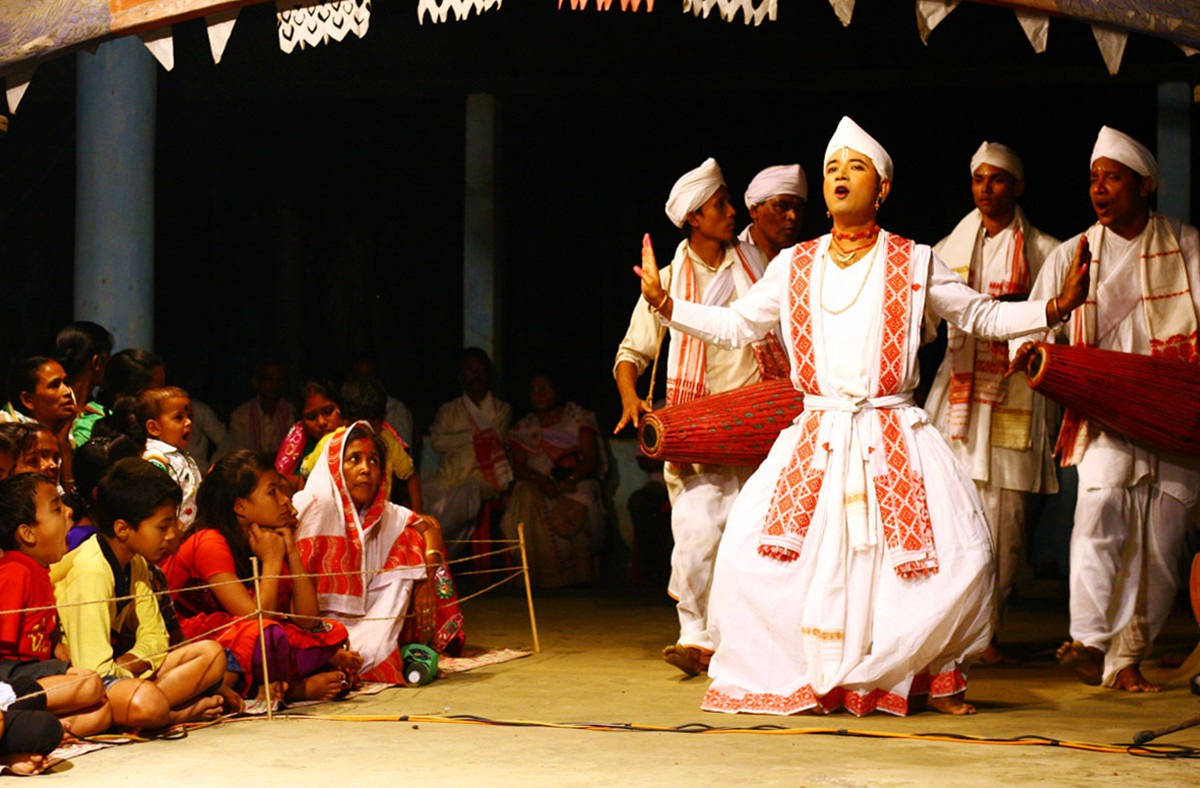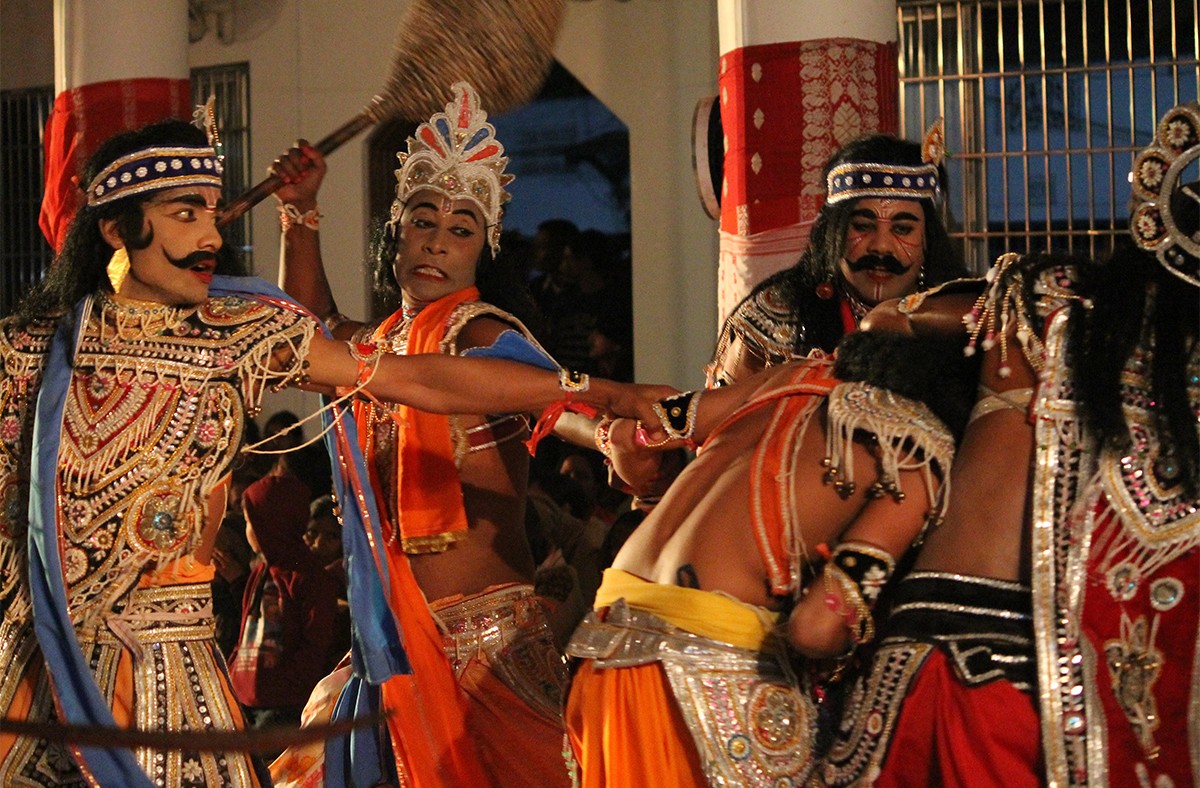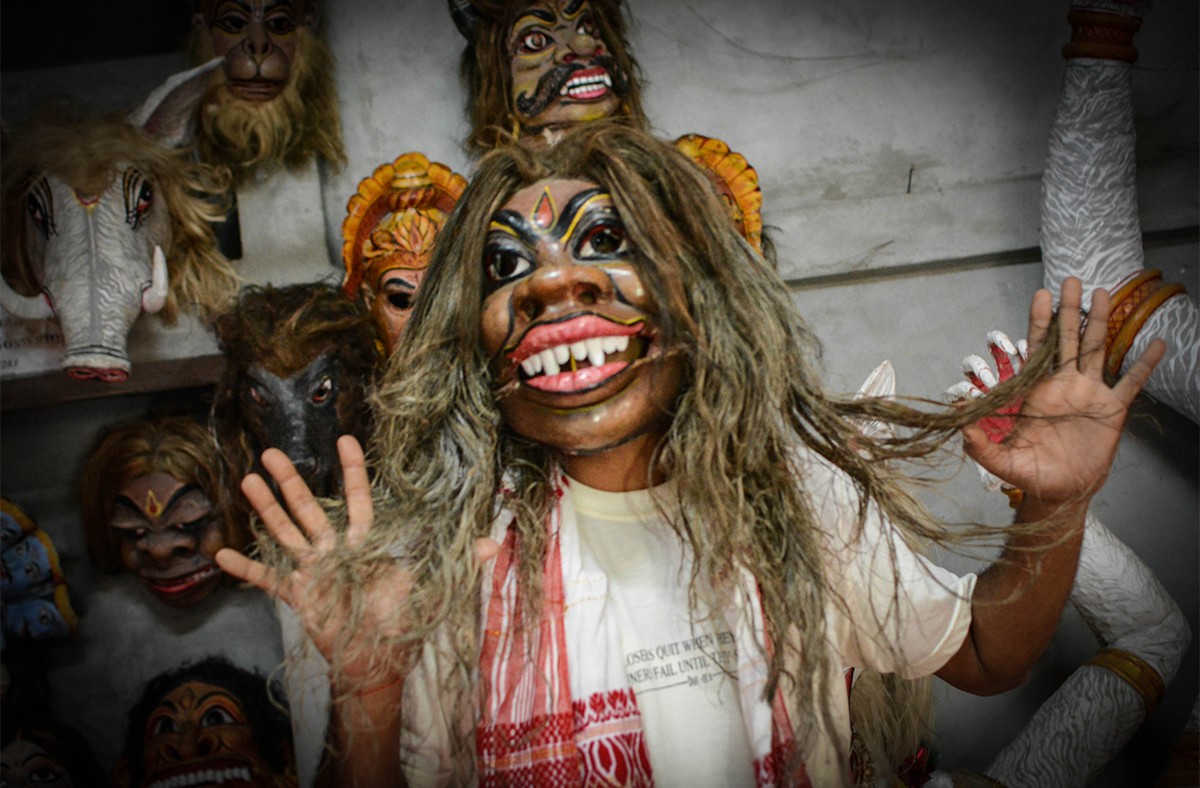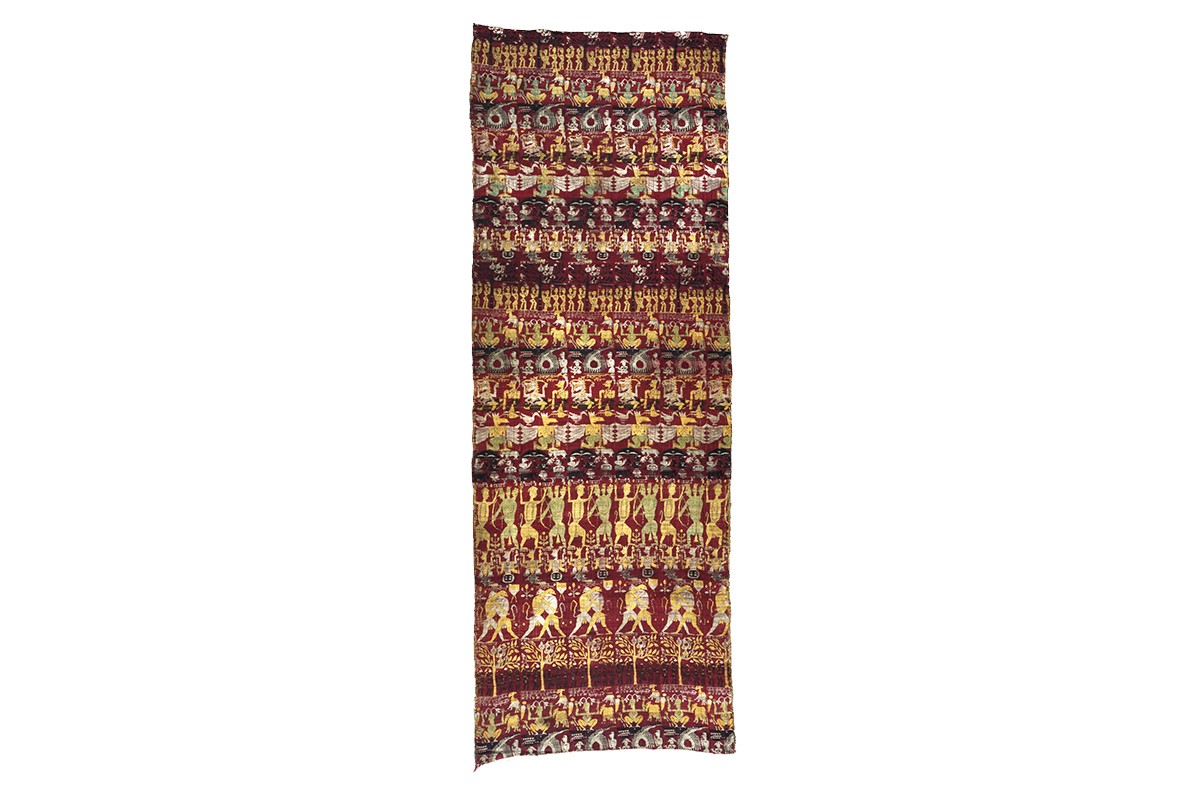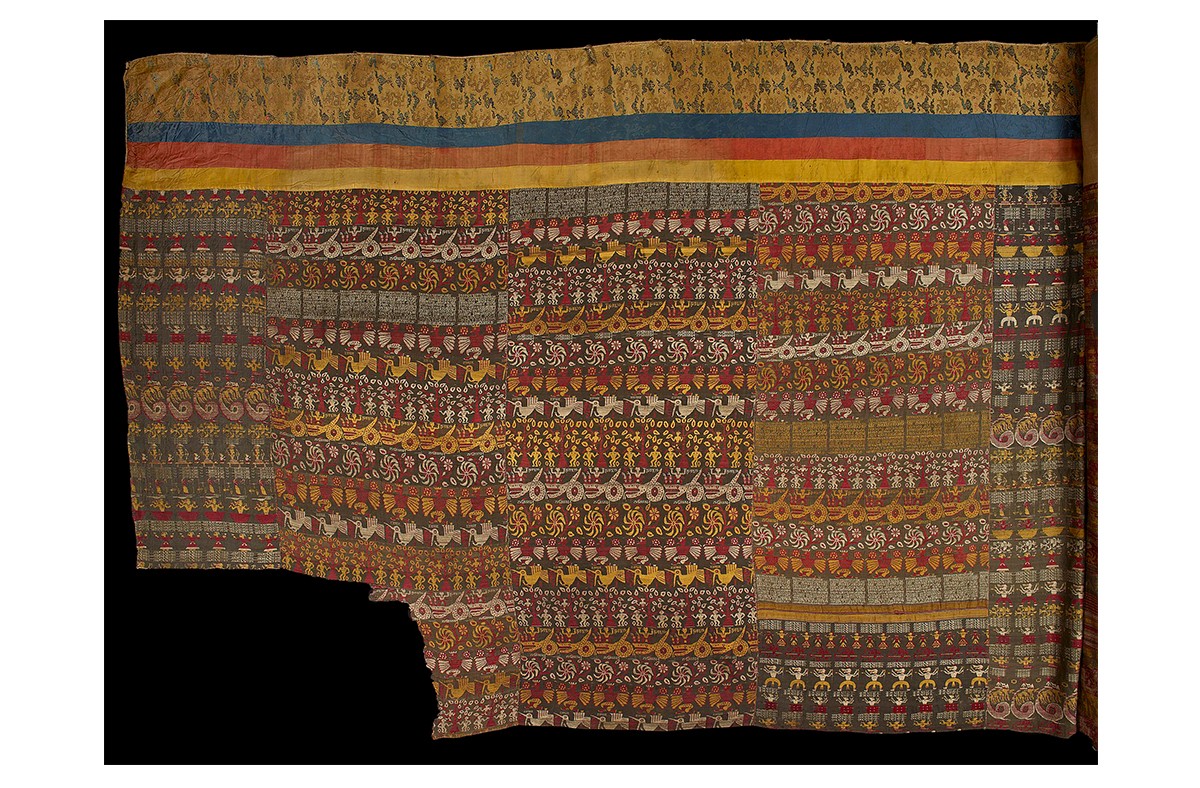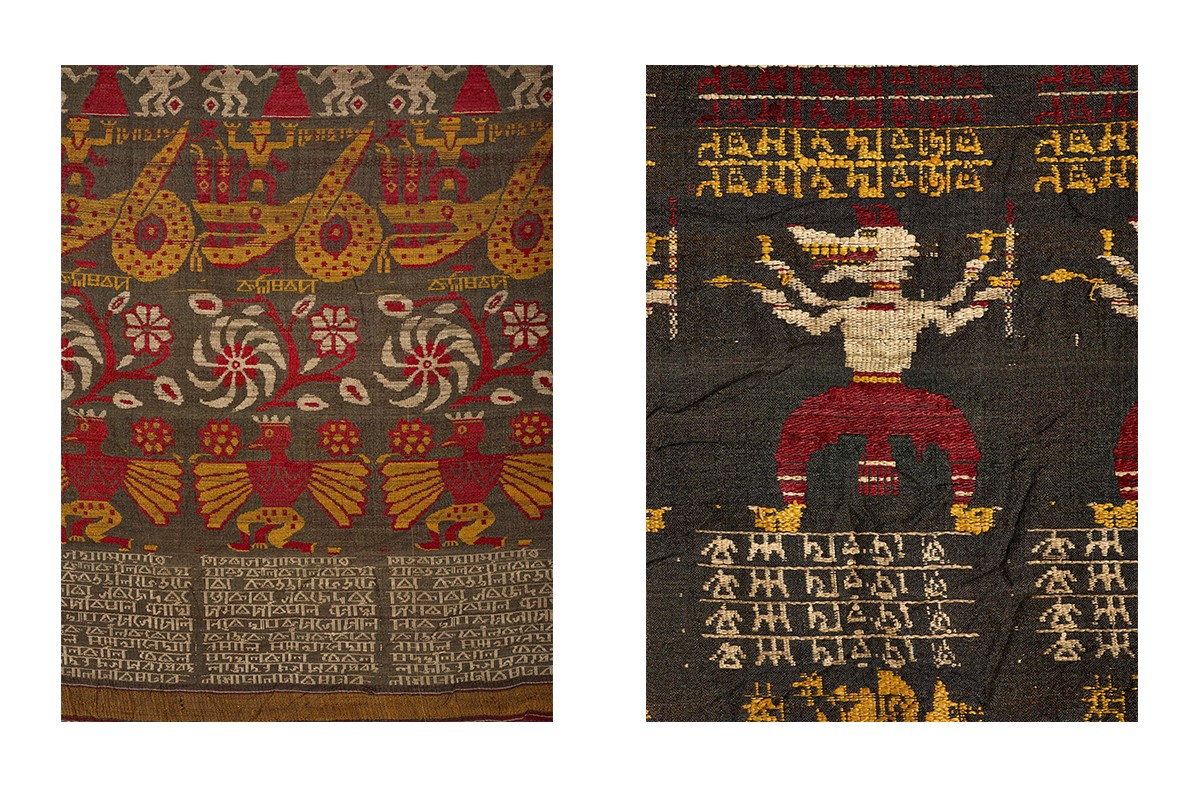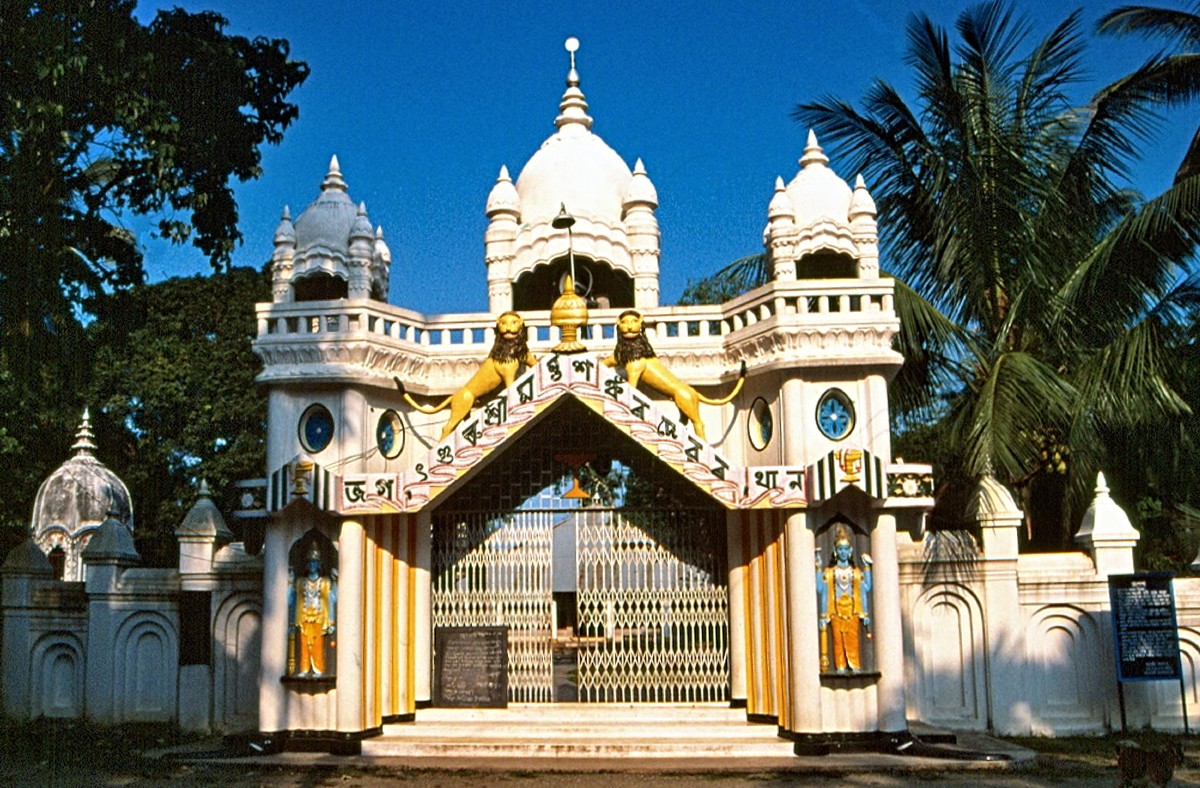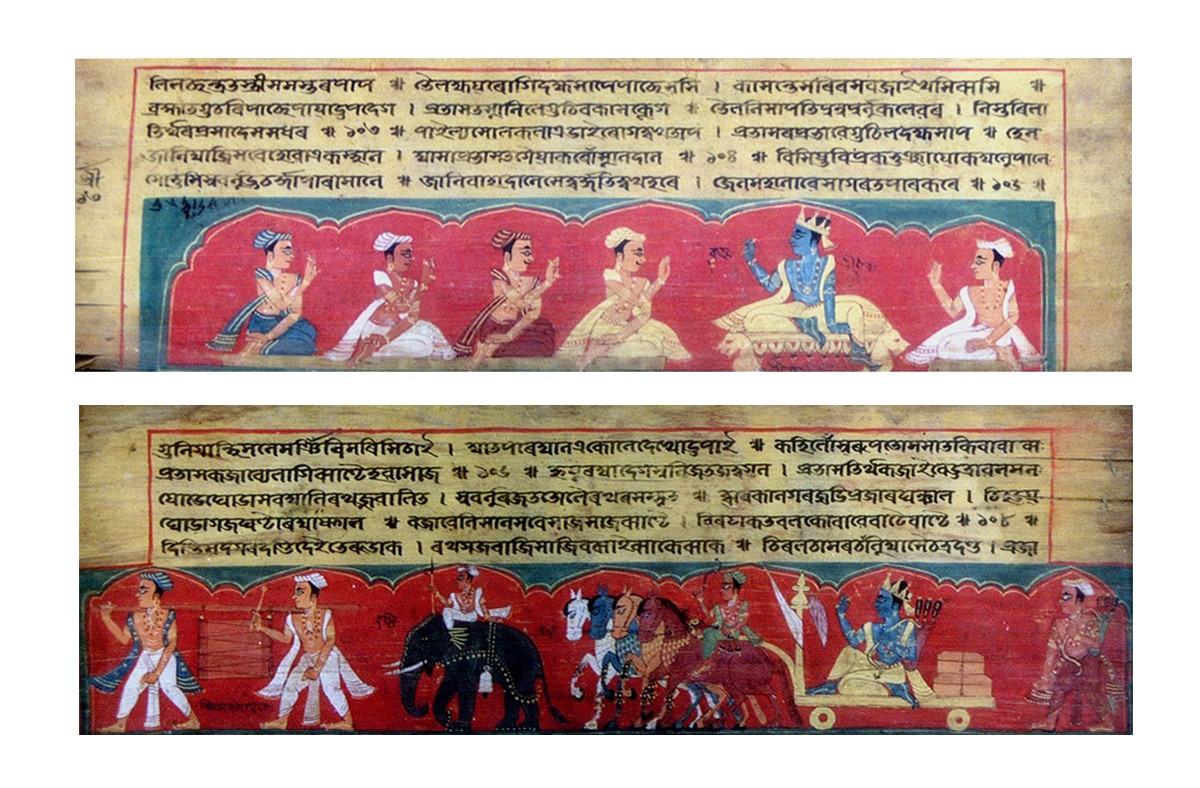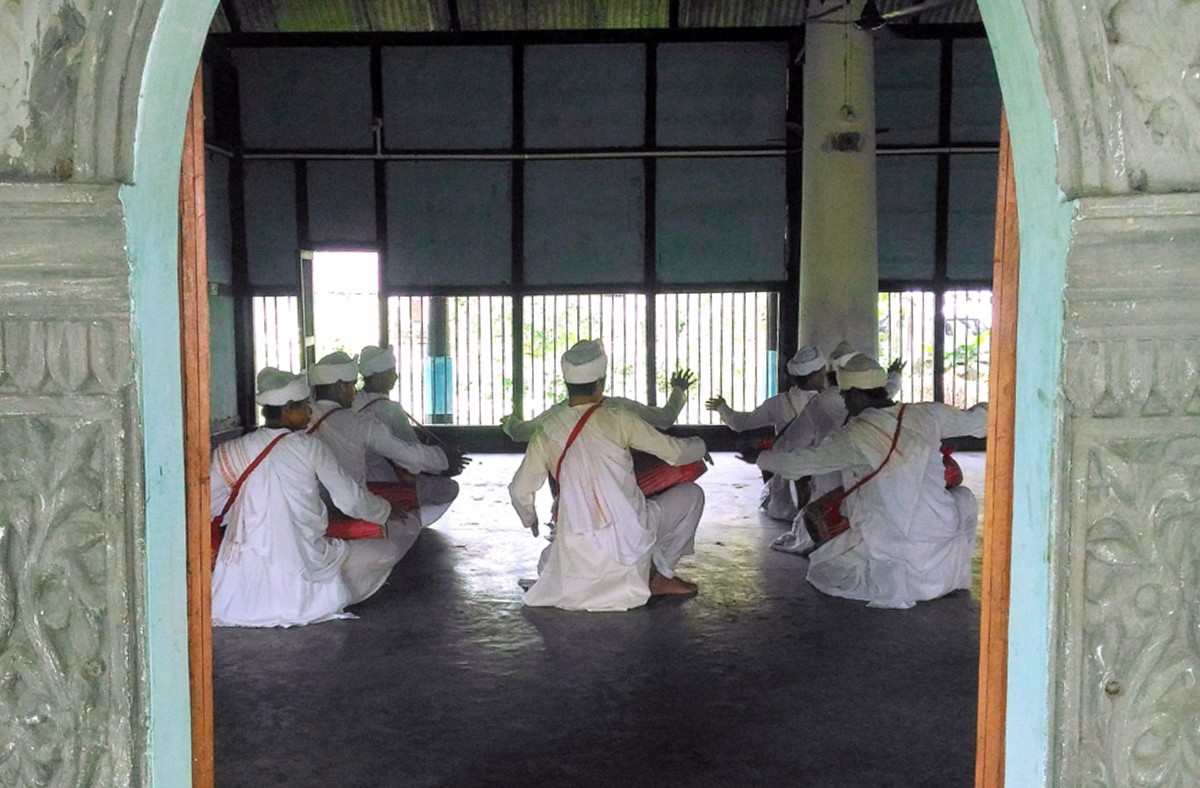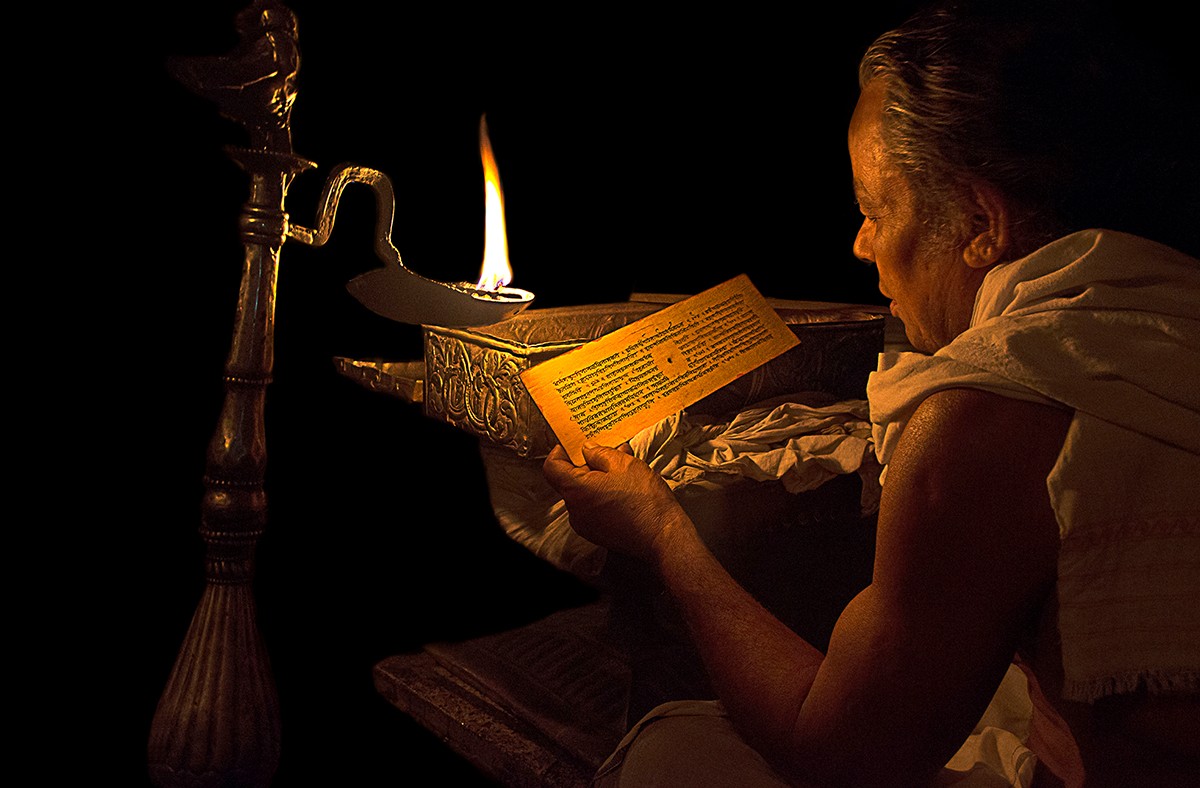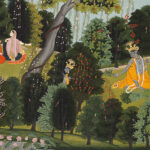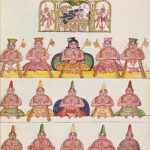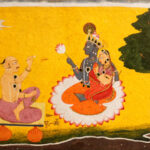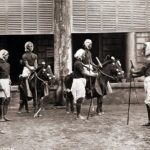The Ekasarana Dharma Movement is Founded; Associated Art Forms Spread Across Assam
1500–1550
Among parallel neo-Vaishnavite movements at this time, the Ekasarana Dharma, founded in present-day Assam by the religious leader Srimanta Sankaradeva (b. 1449–d. 1568), gains popularity. Based on collective worship through chanting and singing, it differs from the dominant religious rituals of the era. With the exception of the sect founded by Damodaradeva, it is initially non-discriminatory in terms of the caste system. The mass movement also gains the support of the Ahom rulers, officials and nobility who, by this time, have adopted Hindu traditions into their courtly life.
The Vaishnava movement is symbolised by the establishment of monastic institutions — sattras, which become the centre of a parallel cultural movement influenced by neo-Vaishnavism. Sattras spur the development of new genres of devotional and community-centric performance styles such as Bhaona and Bengali Jatra in Assam and its surrounding regions.
Bibliography
Sarma, S. N. The Neo-Vaishnavite Movement and the Satra Institution of Assam. Guwahati: Department of Publication, Gauhati University, 1966.
Neog, Maheswar. Early History of the Vaiṣṇava Faith and Movement in Assam: Śaṅkaradeva and His Times. New Delhi: Motilal Banarsidass, 1980.
Feedback 
This entry appears in
Art in South Asia
Visit Timeline
Associated Timeline Events
First Published: March 11, 2024
Last Updated: July 2, 2024



